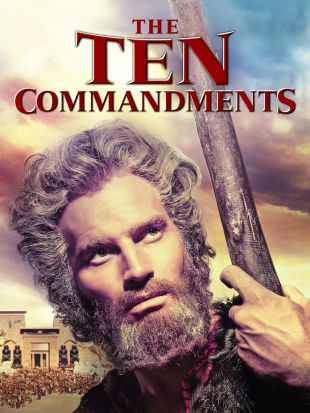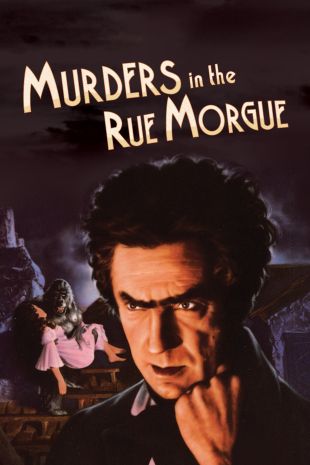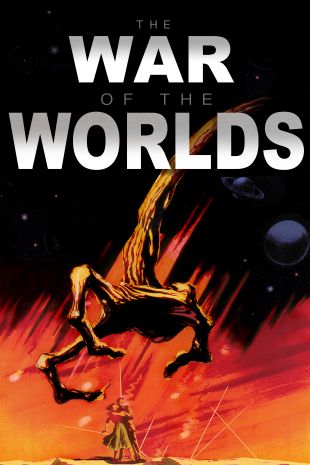One of the most successful and busiest of Hollywood's "gorilla men," Charles Gemora appeared in almost three-dozen feature films between the 1920s and the 1950s, in addition to work as a makeup artist on more movies and television shows. Born in the Philippines in 1903, he stowed away as a young man on an American ship to get to the United States. He reached Southern California in the midst of the silent movie boom, and put his talent as an artist to work, picking up work doing portraits while hanging around the entrance to the Universal lot. He was soon hired by the art department and was part of the crew of artists and designers who worked on the studio's gargantuan production of The Phantom of the Opera (1925). He began creating gorilla suits for use in movies, and it soon dawned on him that with his natural ability as a mime, and his relatively short stature, he could just as easily use the suits on camera as construct them. Gemora would spend almost three decades honing his realistic performance and leading the evolution of suit effects. He made three on-screen appeareances as a gorilla in 1928, in The Leopard Lady, The Circus Kid, and Do Gentlemen Snore?, and from there on busy in this unique brand of acting craft over the next few years. He was seen in the Laurel & Hardy film The Chimp and the Bela Lugosi horror vehicle Murders in the Rue Morgue (both 1932), among other films, though he is probably most familiar for two appearances at opposite ends of the decade: as the gorilla in the 1930 Little Rascals/Our Gang short Bear Shooters (where, as a man in a gorilla suit, he is unmasked at one point); and, in a memorably comic and, indeed, slightly touching portrayal, as the gorilla in the Laurel & Hardy feature film Swiss Miss (1938). Gemora later moved from Universal to Paramount, where he worked for most of the last decade of his career. In later years, Gemora varied his portrayals, both in the personality he brought to his characters and the characters themselves. He most often, of course, played gorillas, but he also occasionally abandoned the suit -- and simian roles -- entirely. Most notably, in War of the Worlds (1953), he played the martian who confronts Gene Barry and Ann Robinson in the wreckage of the house, in what is probably the tensest and most memorable scene in the movie. And he got to work in 3D in Phantom of the Rue Morgue (1953), a remake of Murders in the Rue Morgue. The latter marked his last appearance in a gorilla suit, and in I Married a Monster From Outer Space (1958), he was once more playing an alien invader. Sad to say, in a career that had him working with Laurel & Hardy, Abbott & Costello, Bob Hope and Bing Crosby, and the Marx Brothers, Gemora hardly ever received any on-screen credit. His gorillas, however, are generally regarded as among the most realistic in movies, a result of Gemora's practice of studying their mannerisms and characteristics as seen in zoos and translating them into performance. For all of his skills in the gorilla suit, Gemora was also a highly talented makeup artist, with extensive credits in that area, and not just dealing with simian themes. His last screen credit was for the fantasy film Jack the Giant Killer (1962), and he also worked on The Four Skulls of Jonathan Drake (1959), as well as the Cecil B. DeMille productions The Ten Commandments (1956) and Unconquered (1947). Additionally, he was credited as a makeup artist on "The Time Element," the 1958 Westinghouse Desilu Playhouse installment that was the basis for The Twilight Zone.
Charles Gemora
Share on


